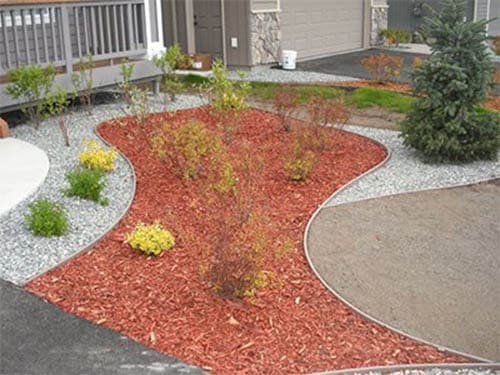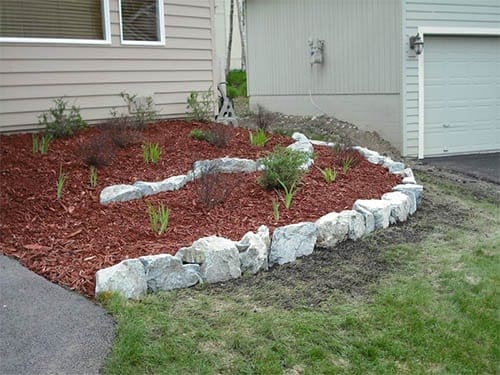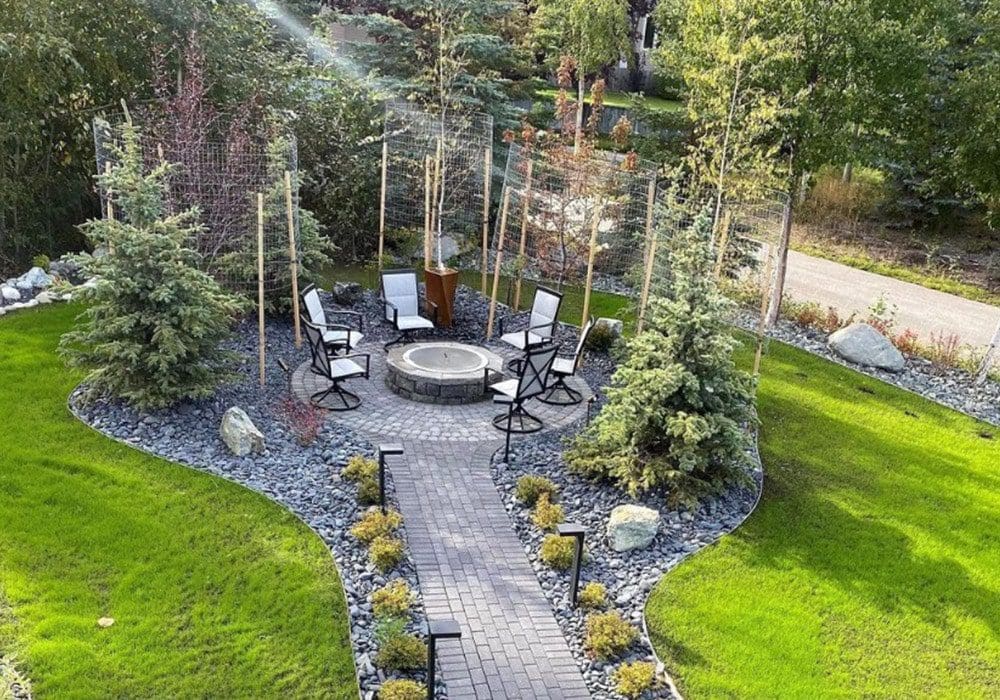Trees and Shrubs Plantation Services in Anchorage
Titan offers a wide variety of trees and shrubs that thrive in harsh weather environments.
We offer professional shrub and tree planting services for both residential and commercial clients. Our goal is to create low-maintenance garden landscapes that thrive with minimal effort. To achieve this, we incorporate low-bearing perennials that return every season, along with a diverse selection of deciduous and coniferous trees that flourish year after year with proper care.

TYPES OF INSTALLATIONS WE DO:
- Annuals Planting
- Perennials Planting
- Coniferous Tree Planting
- Deciduous Tree Planting
- Wildflower Planting
- Various Residential Planting
- Commercial Trees & Shrubs
- Design & Planting
- Custom Floral Hanging Baskets (large & small)
- Custom Floral Arrangements
FREQUENTLY ASKED QUESTIONS

What is the difference between annuals and perennials flowers and shrubs?
Plants can be classified as either annual, biennial, or perennial. Annual plants live for only one growing season, during which they produce seeds, then die. Familiar annual plants include impatiens, zinnias, and sunflowers. Biennial plants, such as some types of foxglove, live for two growing seasons before setting seed and dying. The term perennial is reserved for plants that live for more than two years.

What is the difference between coniferous and deciduous trees?
Deciduous Trees
Deciduous trees are trees that lose their leaves in the fall and remain bare during the winter until new leaves grow in the spring. The term comes from the Latin word decidere, which means “to fall off”. Deciduous trees are also sometimes called “broadleaf” trees because their leaves are usually wide and flat.
Coniferous Trees
Most conifers have needle-like leaves such as the fir, pine, spruce and larch. Some, like cedar, cypress and juniper trees, have scale-like leaves and do not shed individual leaves, but shed short branches bearing one or more years growth.

Plant Hardiness
Anchorage, Alaska is located in Zone 4b of the USDA Hardiness Zone Map. This map was created by the USDA to let gardeners and farmers know what plants will survive in various climates all over the U.S. Once you know your climate zone, you can ensure that you will purchase plants that will come back the following season and not die from unsuitable weather conditions. We only provide plants and trees that survive in Zone 4 or worse environments.
For a list of plants and trees that thrive in Alaska visit
PROJECT GALLERY



















